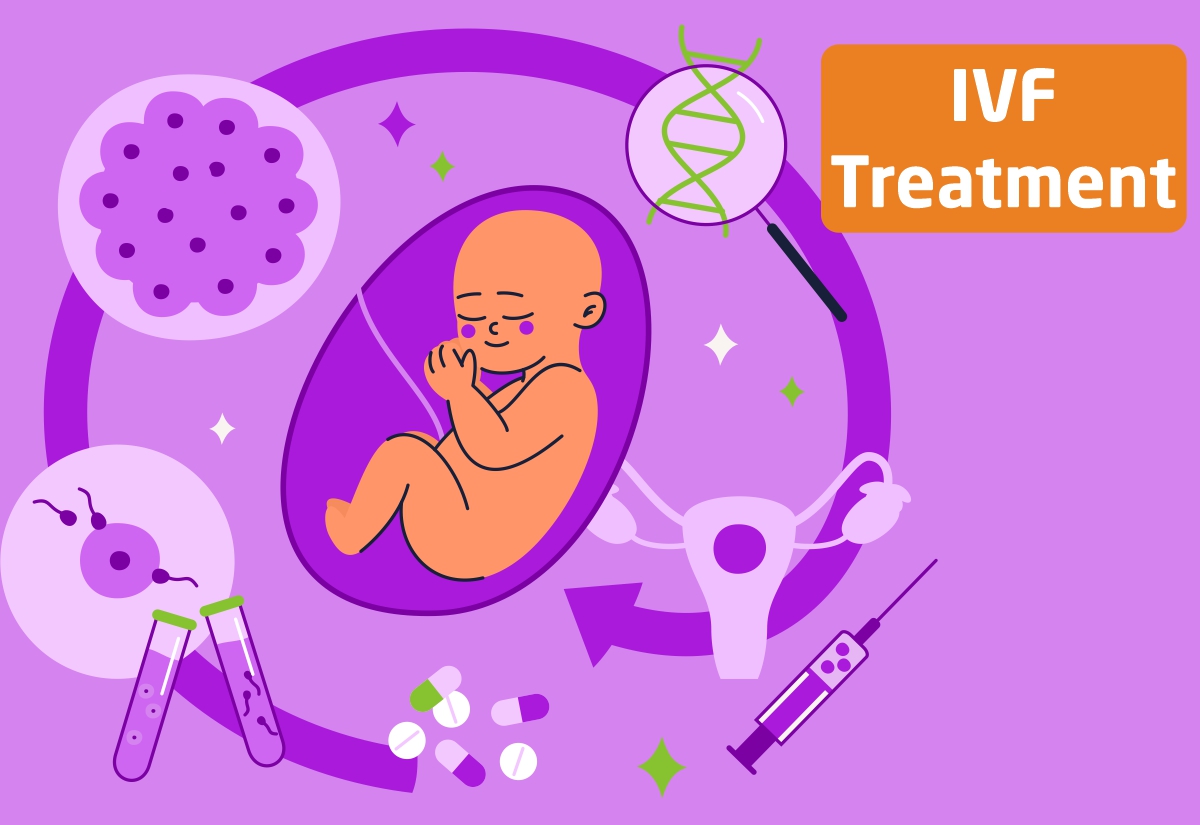Can IVF result in multiple births?

- Embryo Transfer: Multiple embryos are often transferred to increase the chances of pregnancy.
- Higher Probability: This increases the likelihood of more than one embryo implanting.
- Twin and Triplet Rates: IVF significantly raises the rates of twins and triplets compared to natural conception.
- Ovarian Stimulation: Medications used to stimulate the ovaries can lead to the release of multiple eggs.
- Selective Reduction: In cases of high-order multiples, selective reduction might be considered to reduce risks.
- Health Risks: Multiple births carry higher health risks for both mother and babies, including preterm birth and low birth weight.
- Advanced Techniques: Techniques like single embryo transfer (SET) are used to minimize the risk of multiples.
- Patient Preference: Couples can choose the number of embryos to transfer based on medical advice and personal preferences.
- Age Factor: Older women may have more embryos transferred due to lower implantation rates.
- Cost Considerations: Higher costs per cycle may lead some to opt for multiple embryo transfers to increase success rates.
- Fertility Clinic Policies: Policies vary by clinic regarding the number of embryos transferred.
- Medical Guidelines: Guidelines recommend transferring fewer embryos to reduce the incidence of multiples.
- Success Rates: Transferring multiple embryos can increase the chance of pregnancy but also the risk of multiples.
- Technological Advances: Improvements in embryo selection and culture techniques reduce the need for multiple transfers.
Created by: ISHWA IVF CENTRE
Recommended




.png)

Comments